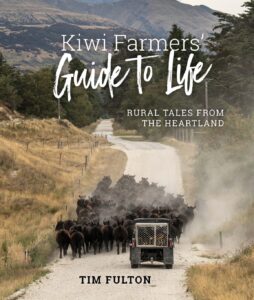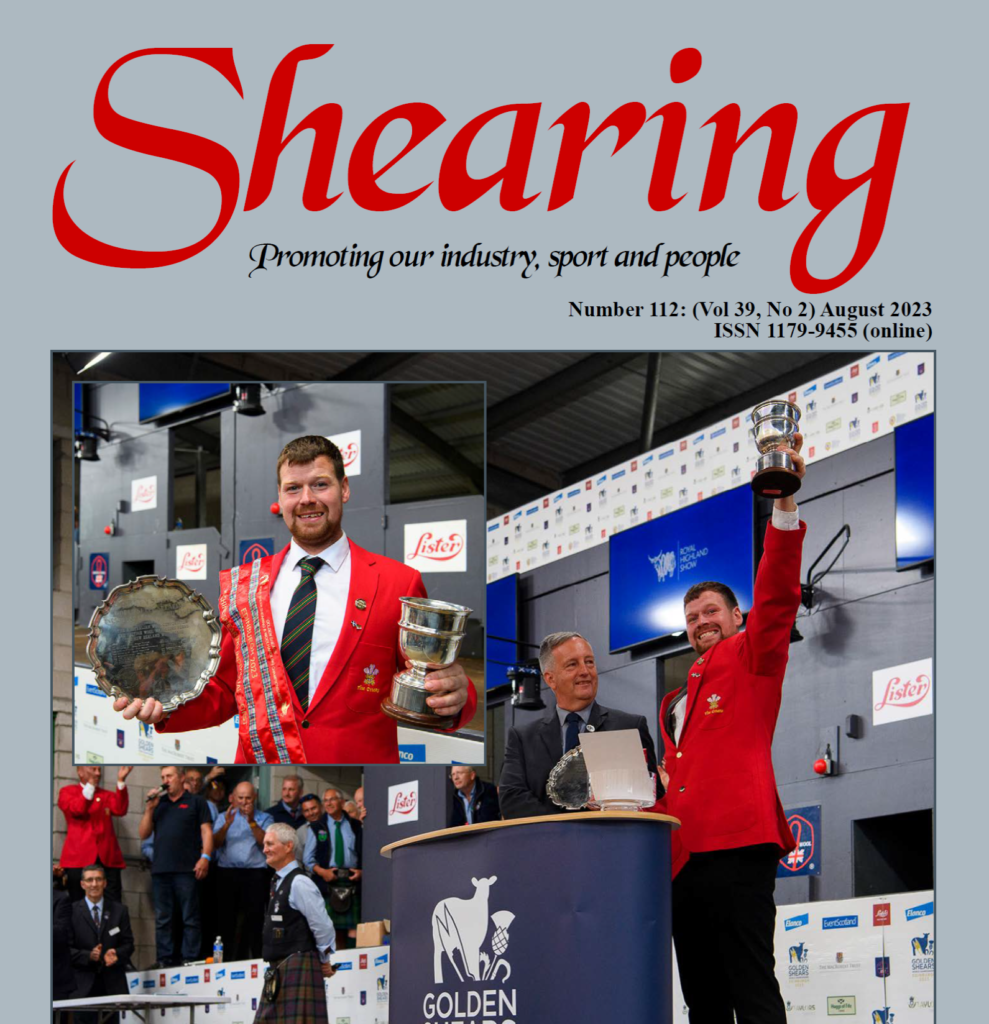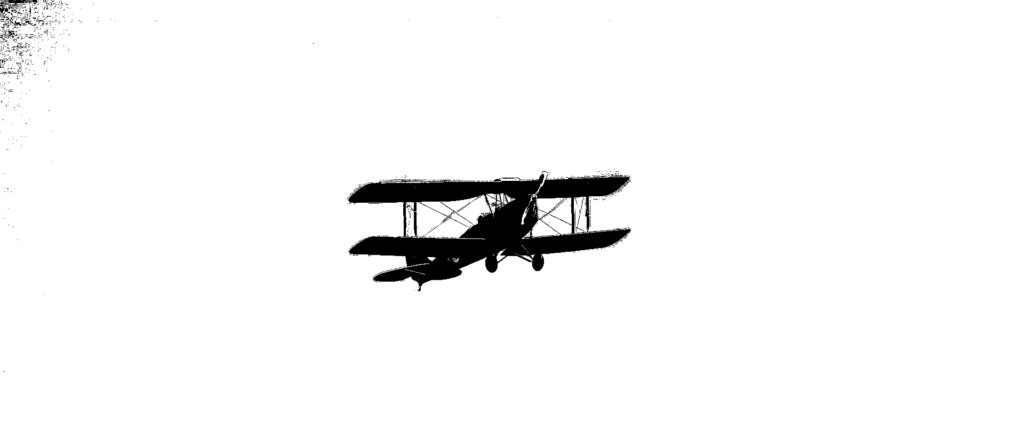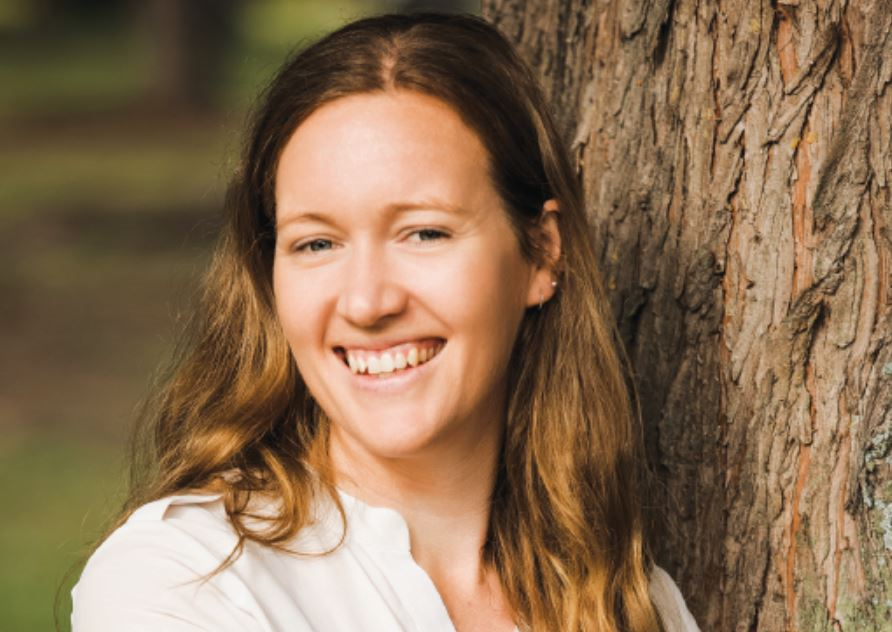Yarns spinning ever so slightly out of control
The 'soft footprint'
Global warming continues to put the focus on how damaging oil and its fibre derivatives are to the environment. The Southern Series is part of a growing push to promote wool as the best, most sustainable alternative to synthetic fibres. James Dwyer, chairman of the Corriedale Championships shearing committee at the New Zealand Agricultural Show in Christchurch, applauds any initiative that showcases the story of sustainably grown wool. Read more here.

Why do they do it? Farmers that is. Author Tim Fulton’s Kiwi Farmers’ Guide to Life takes us on a rural trip.
Why sheep need shearing
Shearing competitions are integral to the welfare of sheep: best practices are developed and honed as events create an environment in which shearers compete to remove the fleece without physical damage to the sheep, and in the shortest possible time. Shearing is an indispensable animal welfare practice, without which domesticated sheep would die from starvation – or worse. Why? Hugh de Lacy (snr) explains.
Shearing mag #112

Des Williams writes: “Greetings people. Herewith Shearing magazine number 112. Hope there’s something in it for you… available here and on Facebook.”
Shear History Part 1
In 2010 The Southern Series Events Manager Hugh de Lacy (snr) was commissioned by the Golden Shears Society of Masterton, New Zealand, to write an overview of the wool industry for the society’s 50th anniversary. Here’s part one, the 1960s.

Shear History Part 2
“Shear History: 50 Years of Golden Shears in New Zealand” is the Golden Shears Society of New Zealand’s 50th anniversary commemorative book. In this excerpt, ‘And then the rumblings began‘, Hugh de Lacy (snr) looks at the trials and tribulations of the wool industry in the 1970s.
“The truculent tone of the meeting was set by Wool Board member and millionaire carpet manufacturer Doug Bremner showing up in his Rolls Royce to tell farmers that compulsory appropriation of their wool by a statutory authority was the only alternative to poverty. Needless to say his message was not received sympathetically.“
Shear History Part 3
Part three of Hugh de Lacy(snr)’s tour de force, written for the Golden Shears Society, focuses on the 1980s and the trauma wrought by a radical shift in government economic policies. Head back to the 80s here.
Good gear: Our resident caveman takes a look at the necessities of life on the boards.
Shear History Part 4
The final decade of the twentieth century began disastrously for the New Zealand wool industry. Hugh de Lacy (snr) looks back at the 1990s. Yet another tumultous decade, read all about it.
An old shearer reflects: Inspired by Jack Fagan, some wistful thoughts about travel.
The rise of the machines
The first shearing of a complete flock – reportedly 184,000 animals – by machines happened in 1878 in Sir Samuel McCaughey’s woolshed at Dunlop Station, Louth, New South Wales, Australia. The first in New Zealand? That title is up for grabs, but in any event shearing had changed for all time.
Wide boys: Once upon a time there were narrow combs and others that were bigger.
Shear History Part 5
The final part of the Golden Shears Society of Masterton’s history of wool in New Zealand retraces events at the start of the 2000s. “Somebody’s got to shear them.”
The Jedi interview: Shearing on the flat lands. Comedian and radio host Jed Thian interviews TSS’s Michael Mehaffey during something called ‘lockdown’.
The Painting: It’s a fixture in woolsheds and man caves throughout Australasia. The iconic Shearing The Rams back in the Australian day tells quite a story.
Man cave: Into the garage, as an intrepid explorer travels out back.
Colin King has done just about everything that can be done in the wool industry. The former parliamentarian is a staunch advocate of new initiatives in competitive shearing and spoke to TSS at the Duvauchelle Show.
The Painting: Part two.
Troy Pyper: “…maybe even some North Islanders?”
Colin King: “…it’s probably next generation.”
“We’re ready”: Ringa Paewai looks forward
For no real reason: Music from Brickfields, with random sheep strolling about and one, at the end, getting a nice blade cut.
Bucket, why not?: Hugh de Lacy (snr) checks out some gear.

